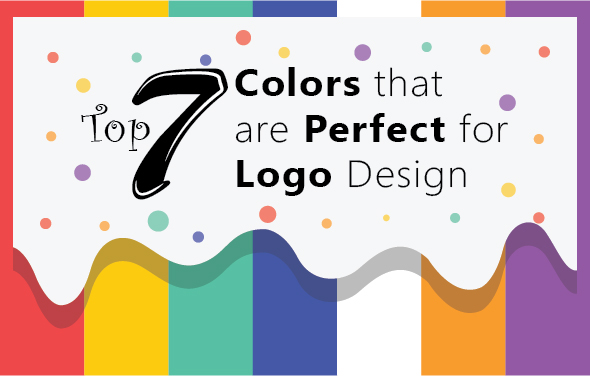Ecommerce and User Experience: The Challenge is Open
With the crisis that bites the market, Ecommerce are becoming the trump card to be exploited: but how to create them to guarantee success?
Today, 40% of online users buy via the web: online shopping becomes more and more popular. And sales are up 20%: data that contrasts with the offline, tired and stagnant market.
And for these reasons, many companies have decided to focus their attention on the Ecommerce platforms: there are different types and allow all significant graphic customization and simplified and optimized management of the warehouse and the virtual store.
In short, no one thinks more about having a personalized product created: prices are lowered with the use of an already ready and definitely functioning system. And even if everything is not exactly what we imagined, we are also willing to turn a blind eye and say it is fantastic: because it’s free. And “donated to Ecommerce does not look in the mouth”!
But this state of affairs implies that all our competitors, local or otherwise, are just a click away just like us: so quality articles and excellent prices are nothing more than two pieces of a much more complex and complex puzzle.
What do you need to stand out? What needs to be incorporated into the blog to be able to attract customers’ attention and ensure their presence and (especially) their return?
Let’s try to see together which design elements make the user experience truly powerful and successful.
The first impression
Yes, it’s always a must: the first impression is the one that matters. And users create one in a few seconds.
So the first suggestion is to immediately show who is and what your Brand is capable of: evocative images and clear and simple phrases to immediately show your strengths.
Social buttons in plain sight, so that with one click your Brand can be followed in the preferred channel and without any difficulty.
And last, but not in terms of importance, registration for the purchase: if you can, avoid making it mandatory. If you really must, at least try to make the process quick and easy (at least the first step!): Just ask for email and password … and the rest you think at the time of the actual purchase.
And if you want to register, do not forget to say that you do it to make the next shopping experience more enjoyable.
A design in step with the times
If the users who arrive on your site are hit by an explosion of products, colors, invasive advertising and flashing words, they will think they are back twenty years and want to escape immediately from this nightmare. And you will have lost a client.
A design in step with the times for an ecommerce is the basis of a shopping experience worthy of note (and you know that when we like something so much, we have a crazy desire to tell it to everyone! So free advertising for you and for the your Brand: unquantifiable!).
And it’s not just a matter of structure and graphic layout, but also of colors and images and readability.
Usability and navigation: two factors that should not be underestimated
If the ecommerce does not work well or not intuitive to navigate, you can be sure that you lose it in 3, 2, 1 … gone.
A useful element in online shopping is the navigation path: although you have tried to simplify the journey, the cataloging of the products has tangled the situation, making it confusing and similar to a maze. The navigation path is useful because with a click it returns to a fixed point, without the need to go crazy. It acts as a red dot on the map. It seems to say “You are here!” And has a reassuring effect among users.
And when you finally get to the desired product, all information must be usable in a concise, complete and effective way. It is good to accompany each product with a complete photo gallery and customer reviews.
And, if possible, organize the cart checkout so that the purchase is resolved in one click (or in the quickest and easiest way possible).
Security and transparency
Conclude the sale when you managed to earn the trust of the customer: and in case of Online Shopping how do you do it? Guaranteeing.
Guarantee to users the conditions of sale, the exact amount of shipping costs, any additional costs for extra services, explain what to do in case of problems of defective goods or delivered late and so on.
Be clear and clear and make sure that the public understands what they are reading, reducing the possibility of misunderstandings and future complaints to the bone (with consequent loss of land in terms of online reputation).
In short, creating a good Ecommerce is not easy, otherwise we would not be here to talk about it and all the brands would be dedicated to online shopping with the best site in the world.
There are many right decisions to make to ensure the best experience for your customers, meet their needs and improve your business. And finally close the challenge with a deserved draw.


